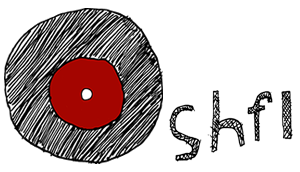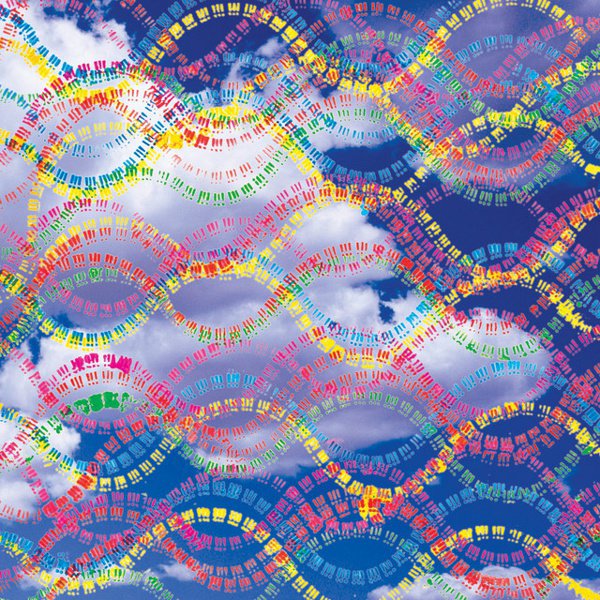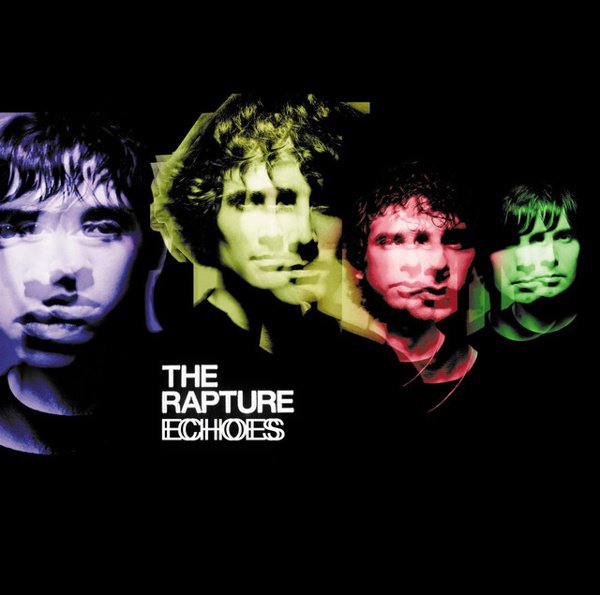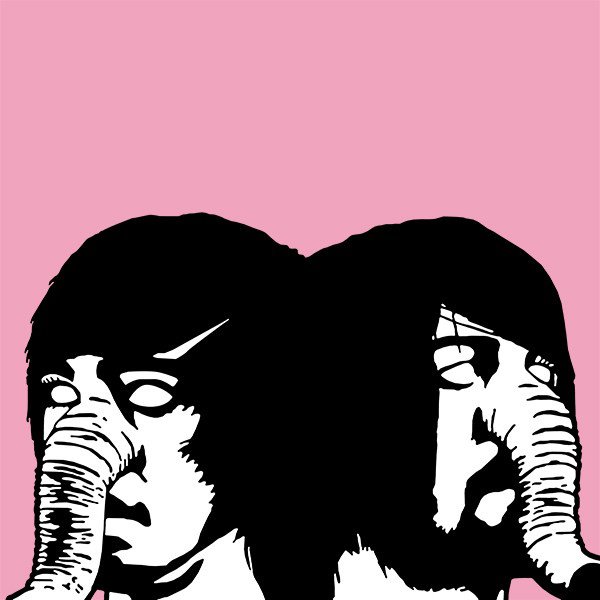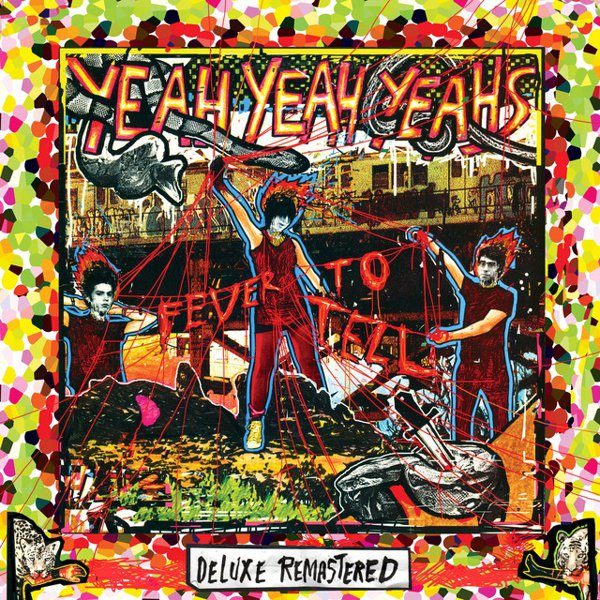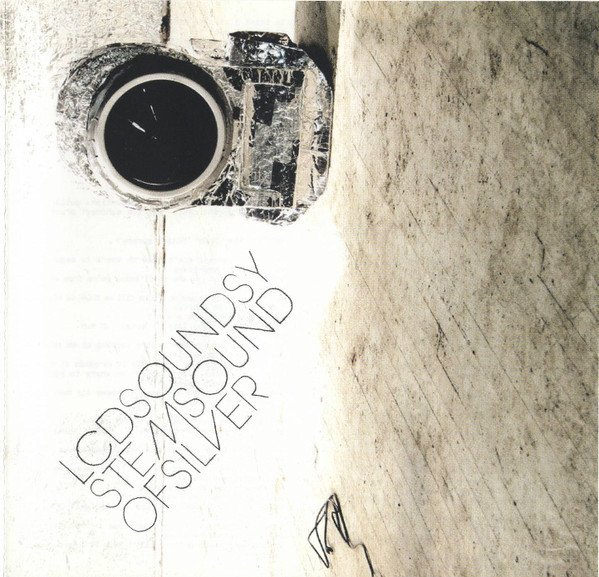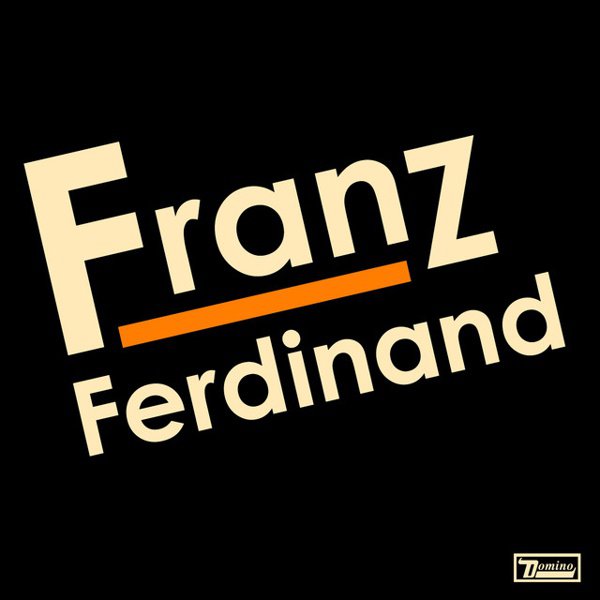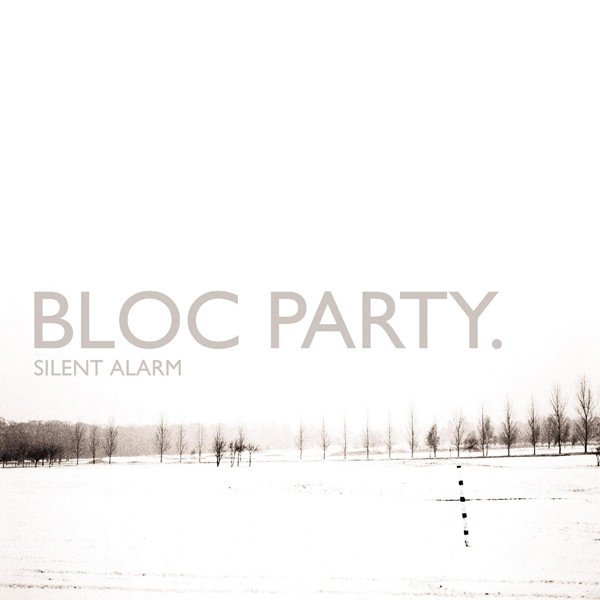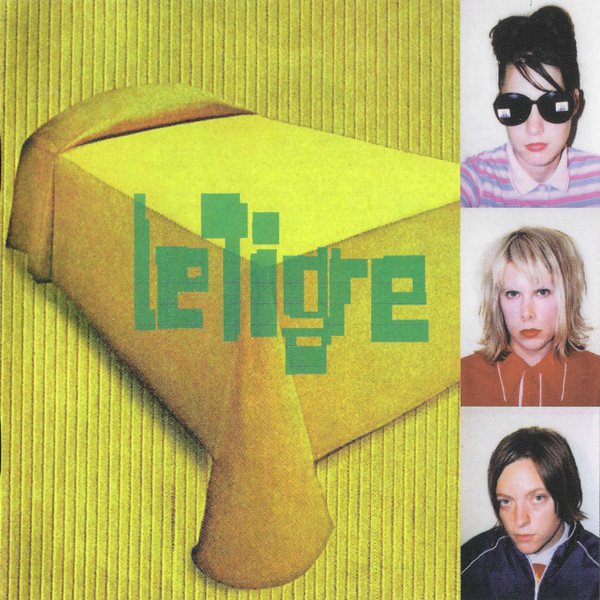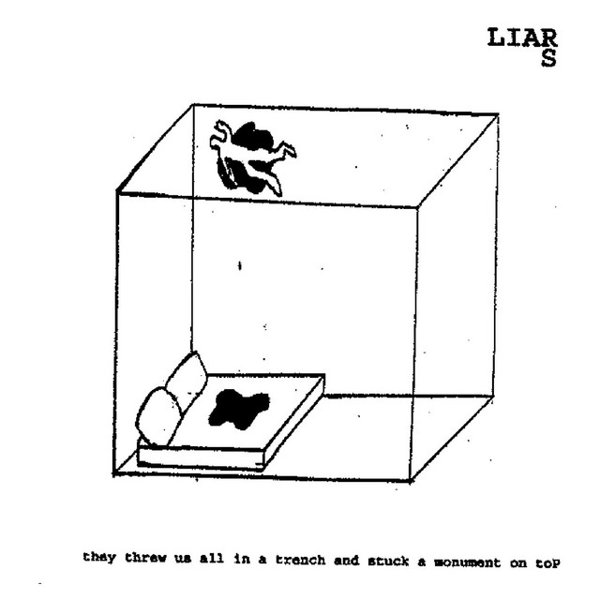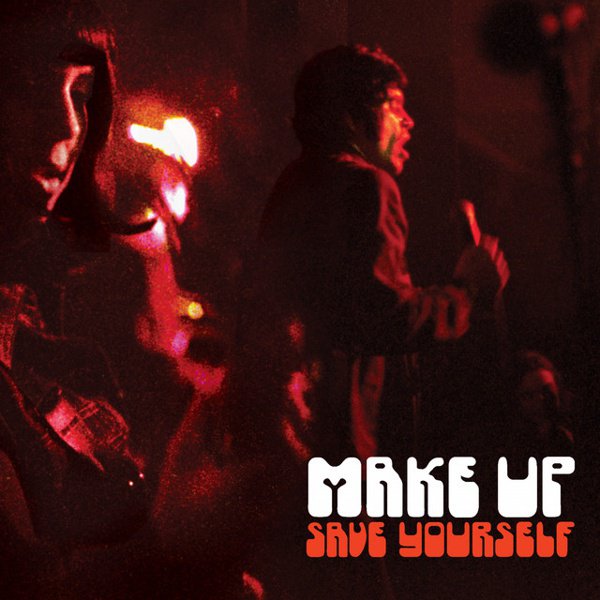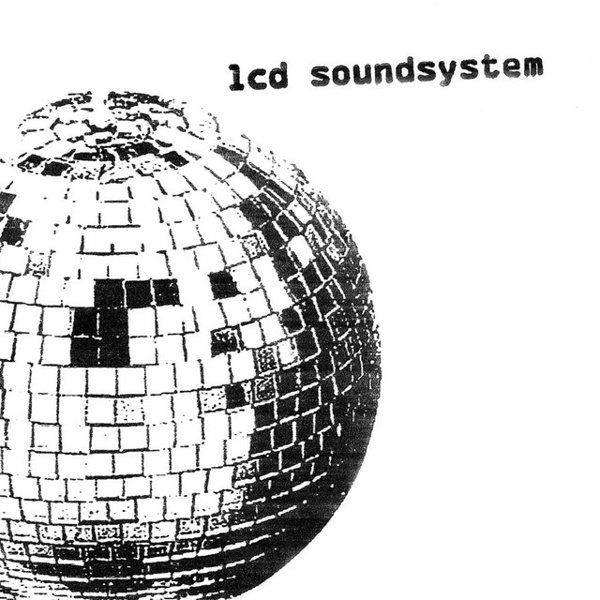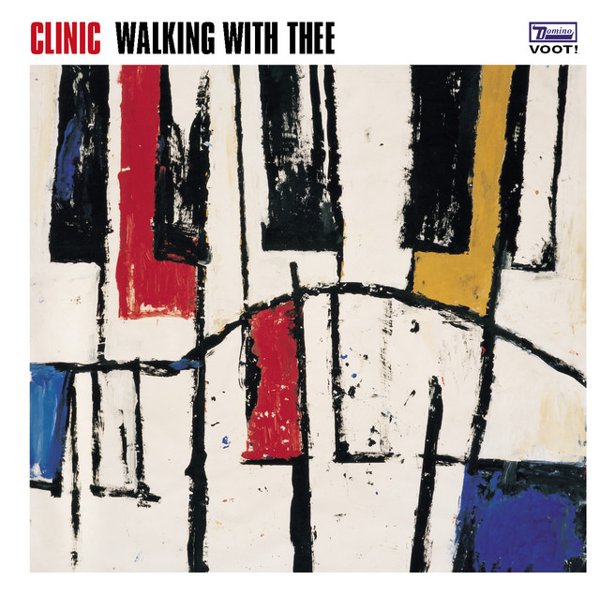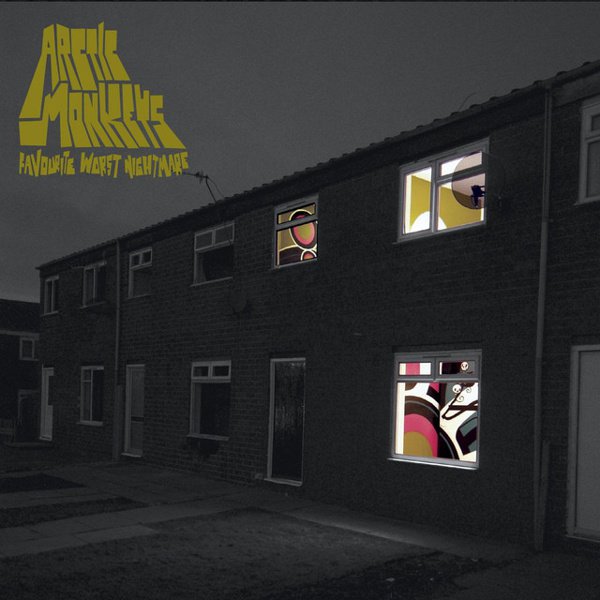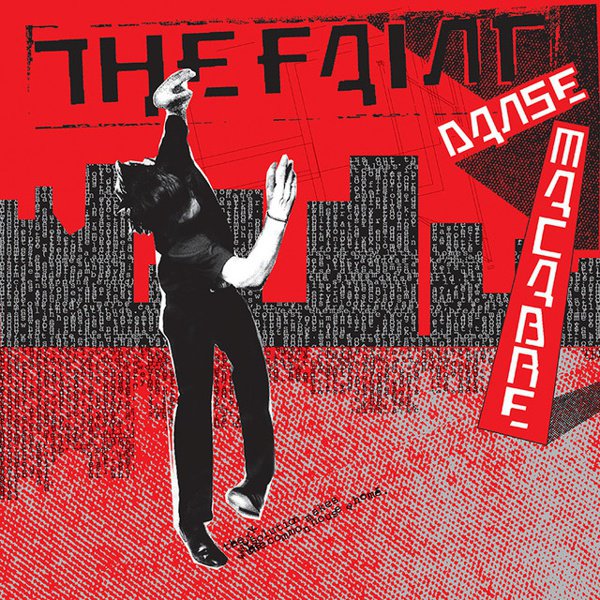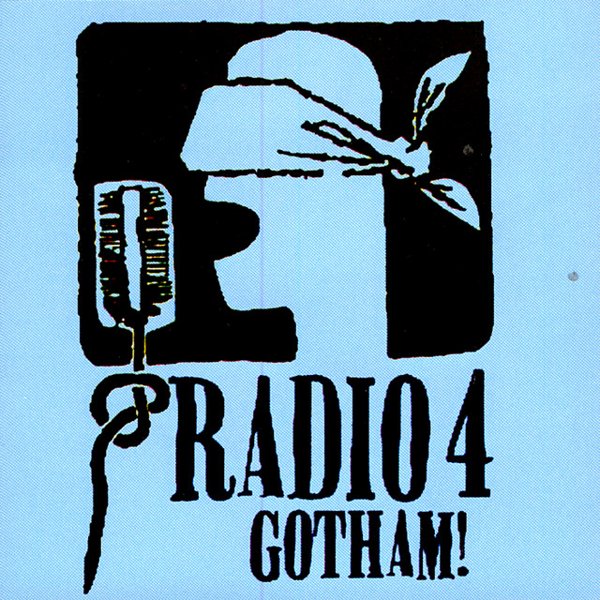Dance-punk is somewhat of a misnomer. Many of the artists that made up this subgenre in the first half of the 2000s didn’t come from a punk background, and the music they made shared only amateurism and enthusiasm with punk. They mostly operated outside established dance music circles. What they did do was take underground rock to the disco, creating explosively hip-shaking floor fillers for indie rock audiences. Dance-punk was a primarily US phenomenon that originated in New York City, and it must be understood as the middle point between two other concurrent NYC movements – the Strokes-led rock and roll revival and the assaultive synth-pop and acid-house fusion of electroclash. All three styles marked a back-to-basics reset moment for underground music, as well as popular culture as a whole.
At the turn of the century, rock and indie had become excessively dreary, self-serious and rhythmically static. Contemporary exceptions like Beck acknowledged African-American and dance music but wrapped it in suffocating layers of ironic distance. Fun and mindless energy was in short supply, and the existential cultural need for catharsis that immediately followed 9/11 was perfectly compatible with the 20-year old post-punk that was coming back into style in underground circles . Circa-1980 artists like Gang of Four and Public Image Ltd. inspired a new wave of indie acts that would form the core of dance-punk – New York City-based The Rapture, Yeah Yeah Yeahs and LCD Soundsystem were among the first. The basic template of dance-punk combined harsh post-punk with the even more skeletal and abrasive funk of hometown No Wave-era bands (dance-punk wouldn’t exist without the layered minimalist beats of The Contortions and ESG) and the throbbing electronic textures of underground disco and house DJs.
The result was a deliriously exciting good time for a few years, starting in New York and then nationwide and overseas. Of course, the drug- and alcohol-fueled club party aesthetic burned bright but flamed out quickly, but not before dropping classics like “House of Jealous Lovers” (The Rapture), “Losing My Edge” (LCD Soundsystem), “Date With the Night” (Yeah Yeah Yeahs) and the uncharacteristically politically-conscious “Me and Giuliani Down By the School Yard” (!!!). Dance-punk was trashy, immediate and disposable, but self-consciously informed by abstract and pop art.
After that 2001-2003 burst of thrilling and fresh releases, dance-punk finally had an American commercial breakthrough in 2004 with Glaswegian quartet Franz Ferdinand’s first album (wedding discofied guitar skronk to fey, dark-humored Britishness) and the bittersweet, heart-in-the-throat thump of “Float On” by Modest Mouse. That paved the way for the multi-platinum breakthrough of 2005’s Hot Fuss by the Killers, a fine album but tenuous in its connections to dance or punk. The bottom finally fell out in 2006, when dance-punk was subsumed into mainstream pop music, lending a raw, underground aesthetic to tracks from Justin Timberlake, Britney Spears and Gnarls Barkley. During those five years, The Rapture, Radio 4 and Liars put out some of the best pop and rock music of the era. LCD Soundsystem and Yeah Yeah Yeahs were well on their way to becoming classic bands, with Franz Ferdinand and Le Tigre nearly reaching the same heights. Dance-punk’s 2001-2005 heyday of minimalist disco and maximalist drug use marks the moment US indie rock permanently made peace with club music. Post-punk and other 1980s influences have stayed relevant, and the whole of the New York underground of the early 2000s has since been rebranded as indie sleaze, which fits the spirit of the times and the music better than “dance-punk” ever did.
